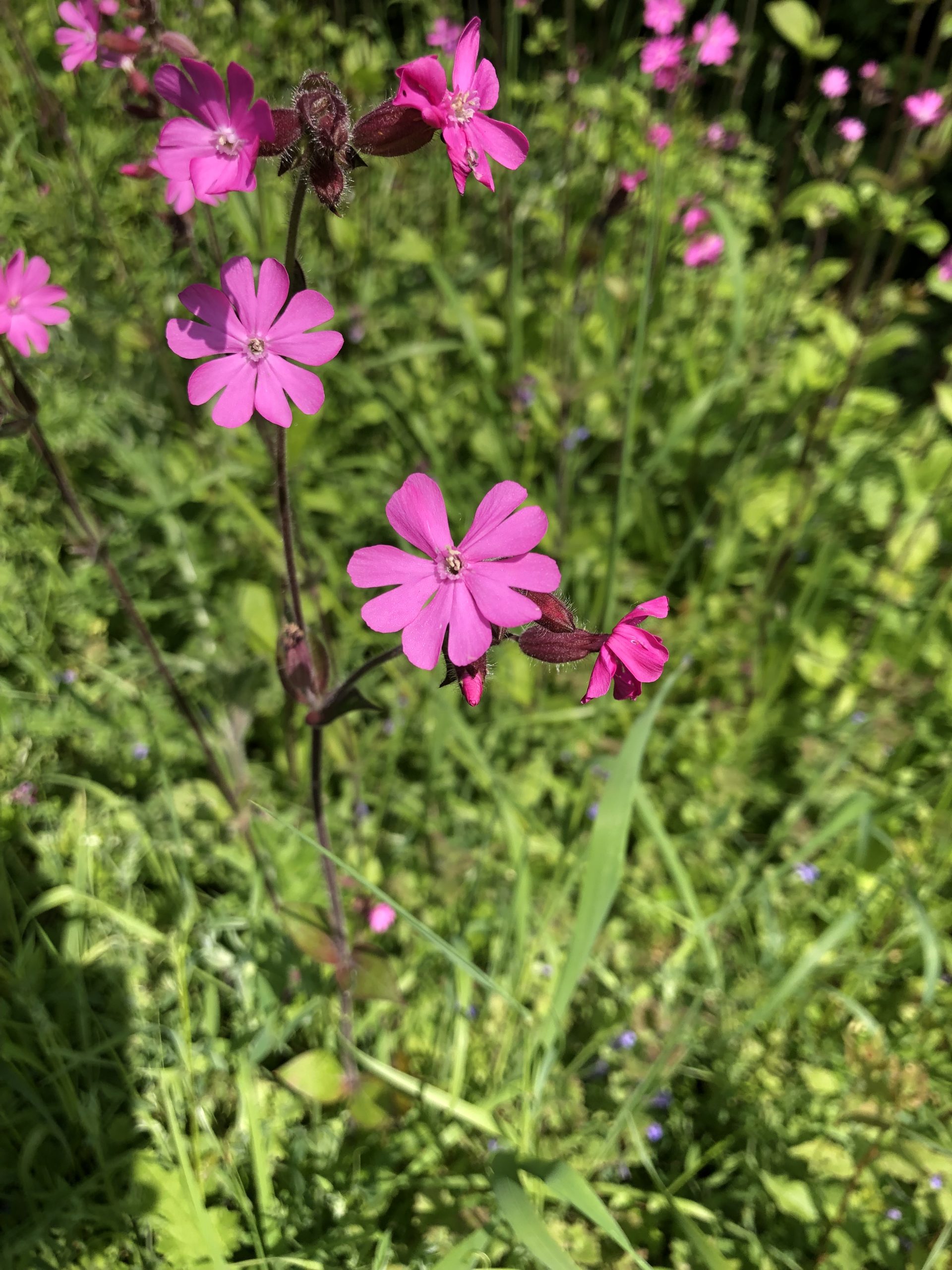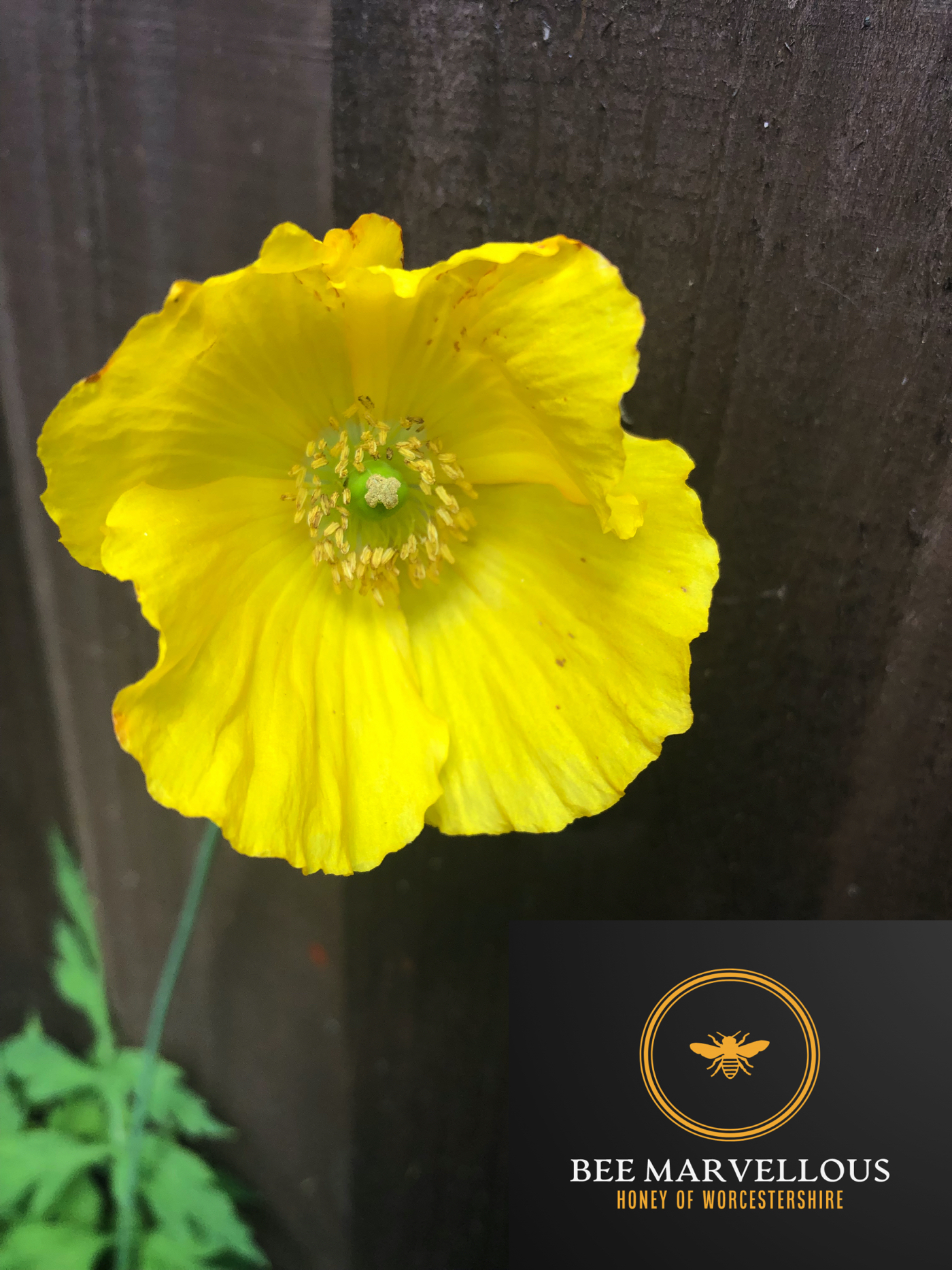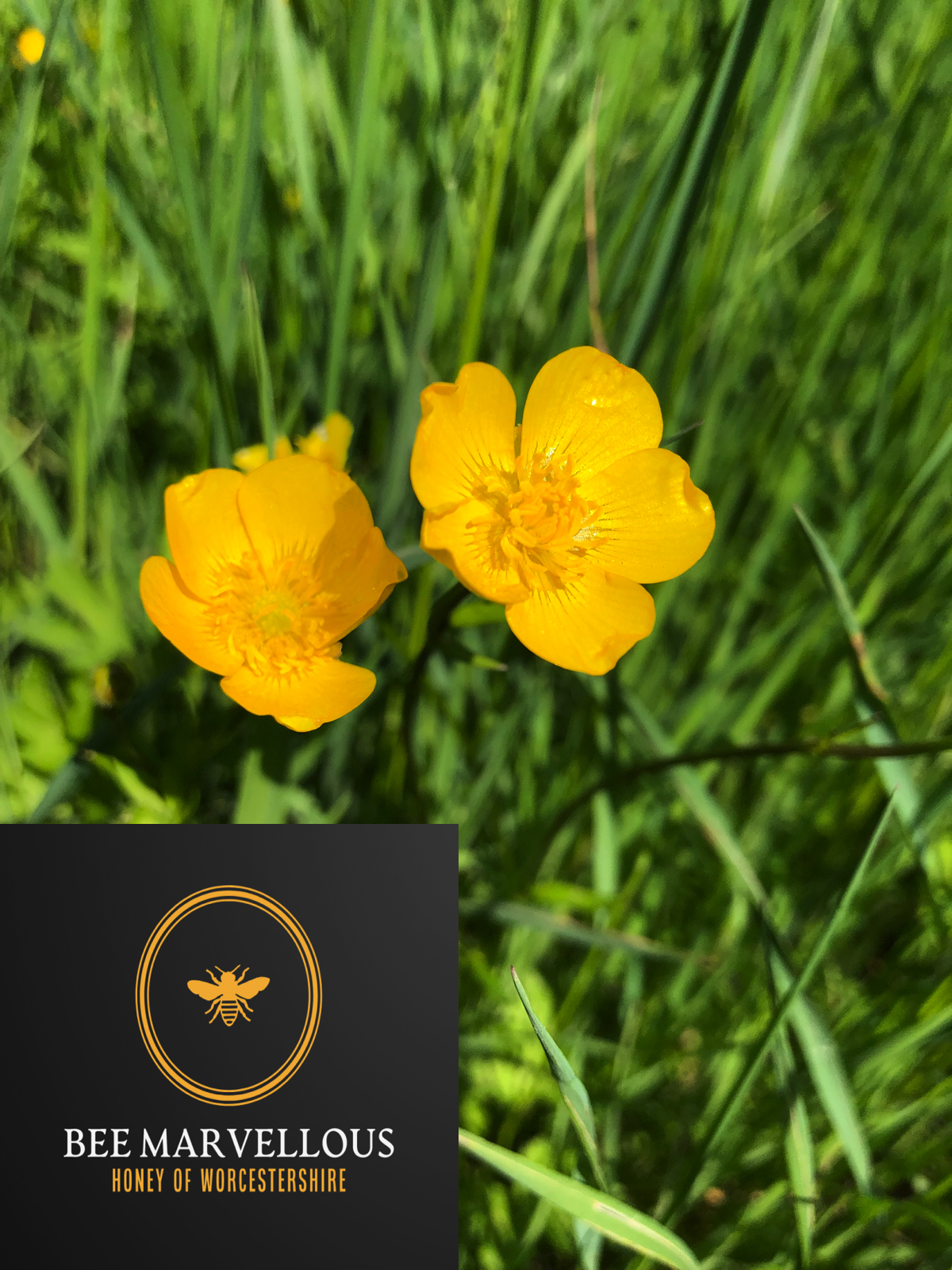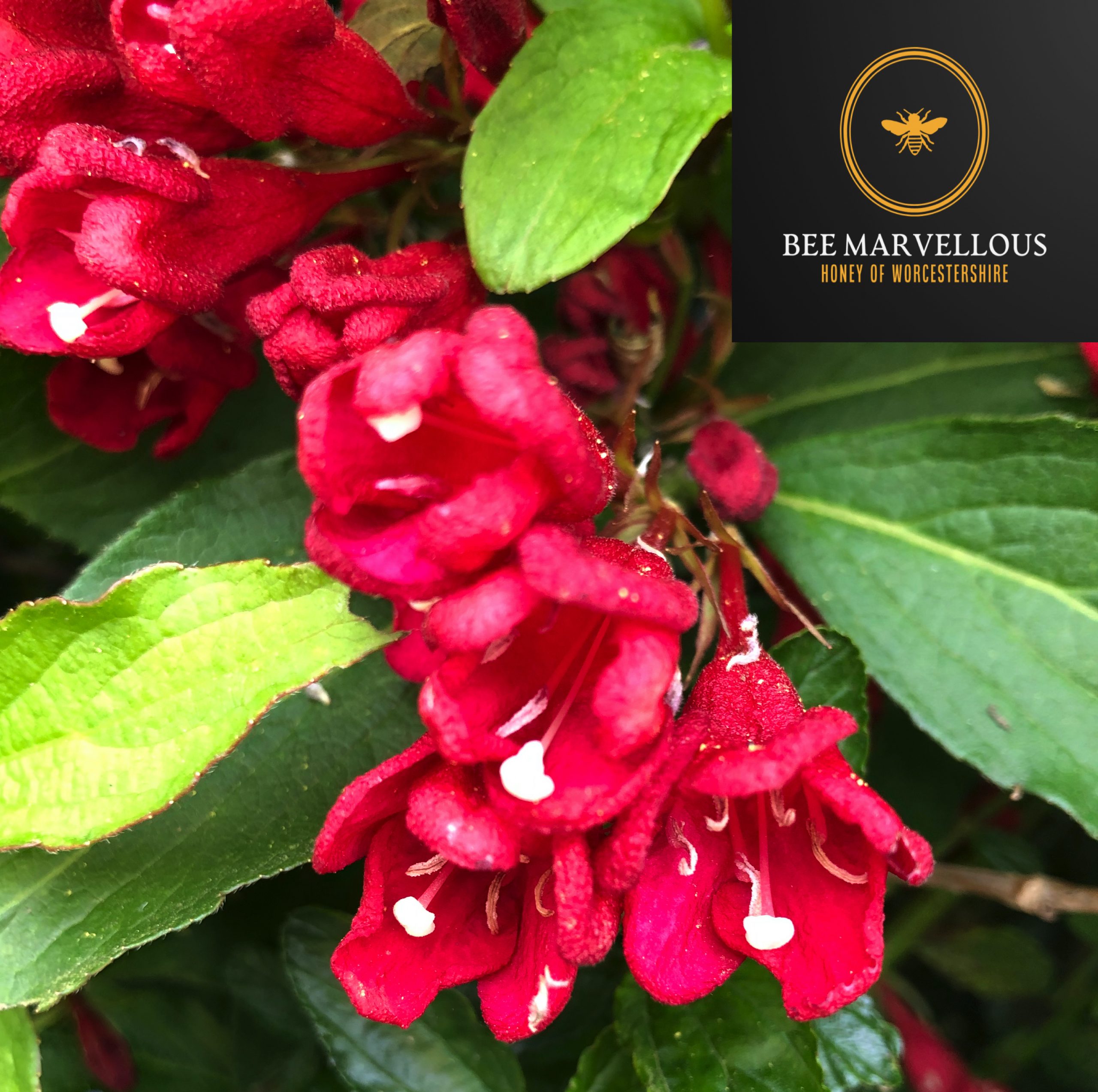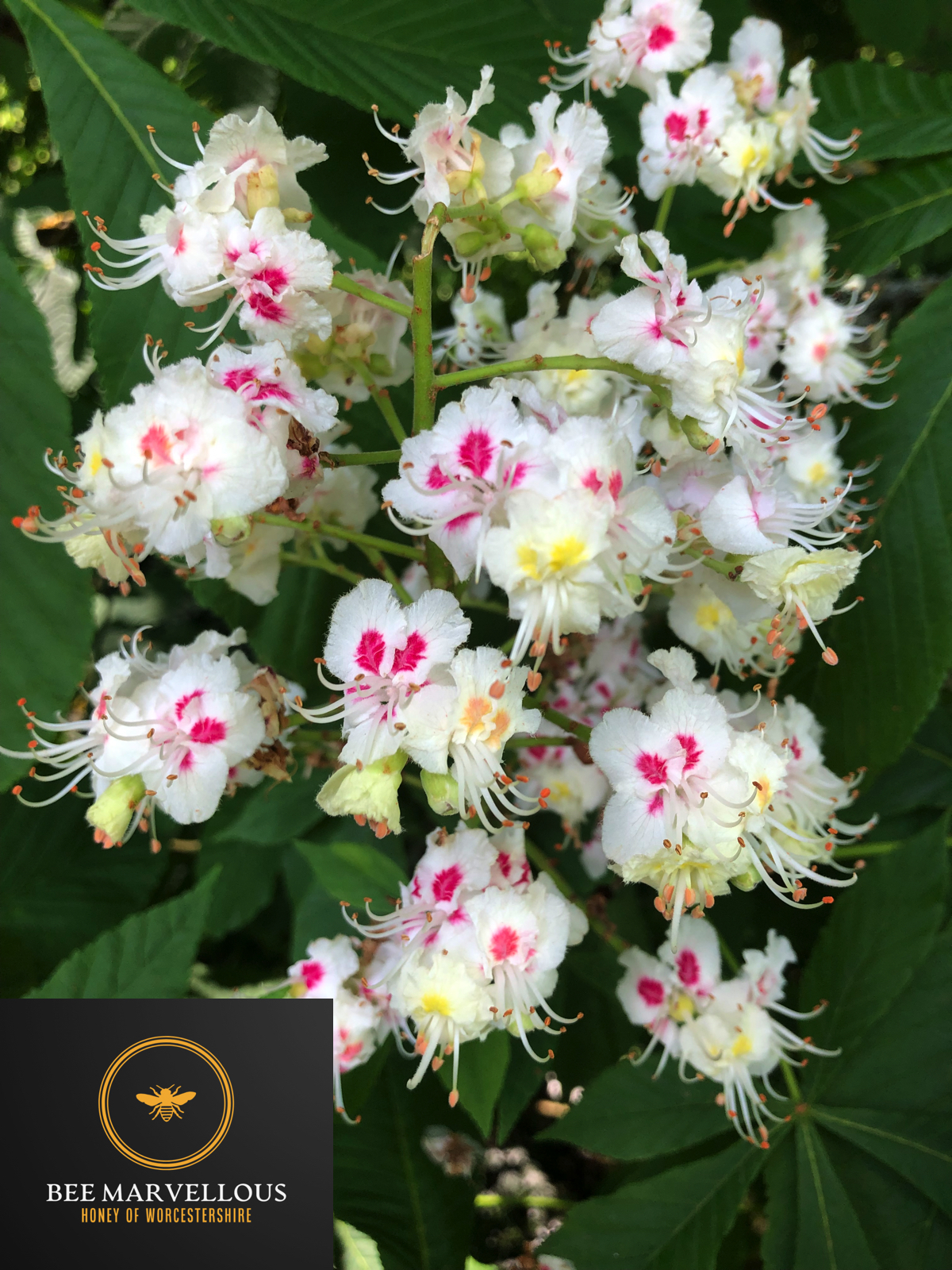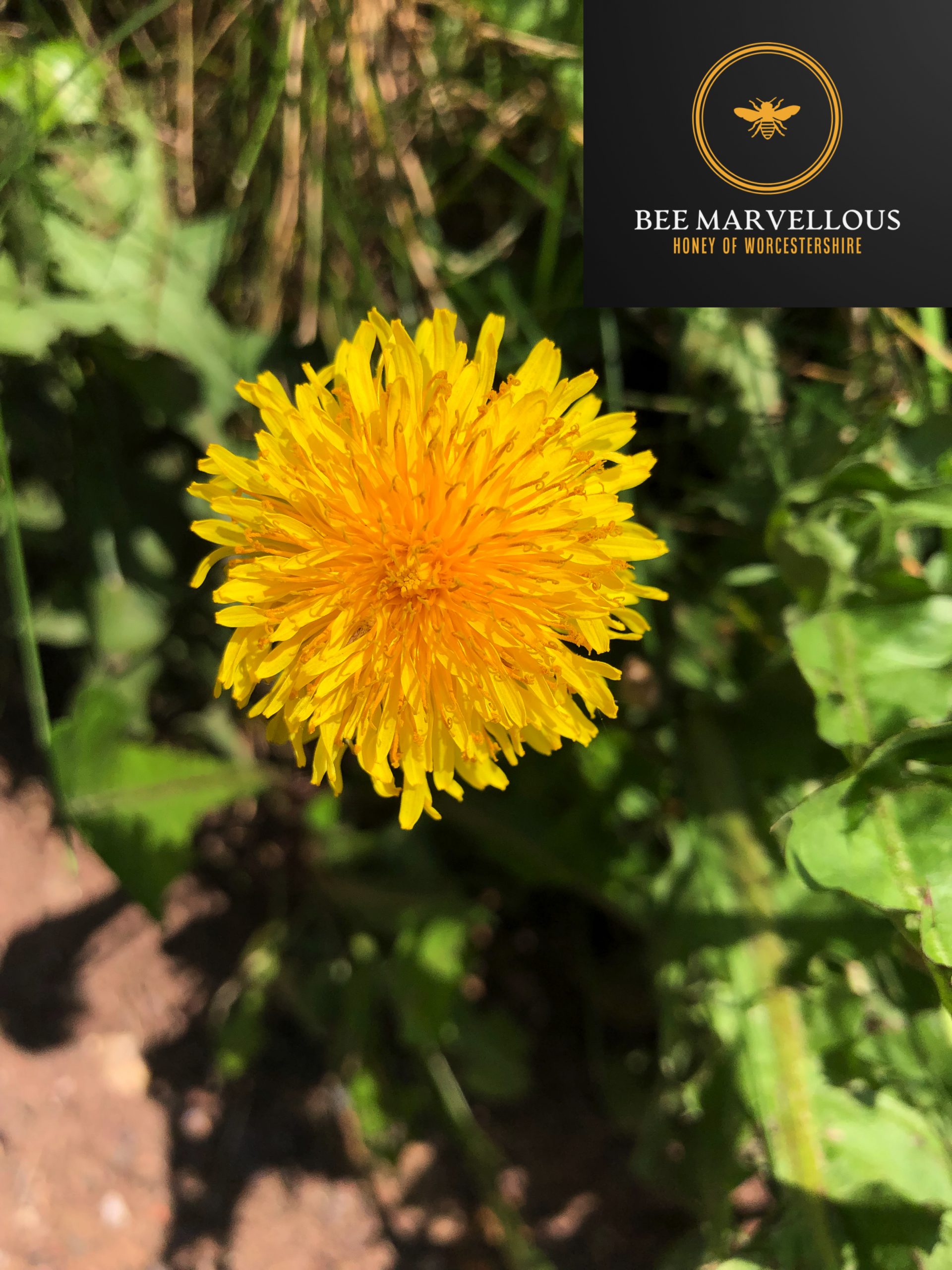
Dandelions, the much maligned flower that is the absolute must have forage for honey bees.
Plentiful and a fantastic self propogator, the Dandelion is just what the doctor ordered for honey bees. Having both nectar and pollen on board as a food source this is the honey bees stock in trade.
As many UK local authorities now have a policy of allowing verges and green spaces to grow without being trimmed through the spring and summer periods Dandelions are taking hold like never before. For our honey bee population this no bad thing and is to be welcomed.
If you don’t mind Dandelions and are planning to allow parts of your garden or land to go without being mowed Dandelions are likely to be the first wild flower to take hold. Feel free to fall in love with this flower as any visiting honey bees certainly will.
